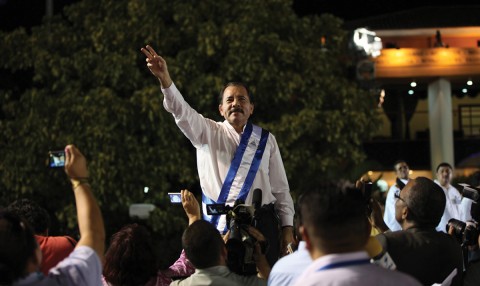Daniel Ortega’s slide into corruption and authoritarianism
Nicaragua’s liberator has become its dictator.

Forty years ago, Nicaragua stood high on the list of strategic concerns for the United States. Central America was passing through an era of revolutions and bloody civil wars in which hundreds of thousands would ultimately perish. In 1979, the leftist Sandinista regime triumphed in Nicaragua, raising the prospect of a new Soviet puppet state in the region which would subvert neighboring nations. US attempts to overthrow the Sandinistas involved building up an anticommunist guerrilla army known as the Contras. The unorthodox means used to fund this venture came close to bringing down the Reagan White House.
Sympathy for leftist activists and rebels in the region became a mainstay of liberal opposition to the Reagan administration. This was the time when US cities first declared themselves sanctuary cities for refugees from Central America’s civil wars, beginning a form of dissident activism on immigration issues that continues today.
It is easy today to forget just how pivotal a role those struggles played in American religious thought and liberal activism in that era among Roman Catholics and mainline Protestants. In Central America itself, it was the highwater mark of liberation theology, and leftist victories stirred something like millenarian expectations. Several radical Catholic priests held high office in Nicaragua’s Sandinista government, notably the poet and theologian Ernesto Cardenal, author of the once-famous book The Gospel in Solentiname.




